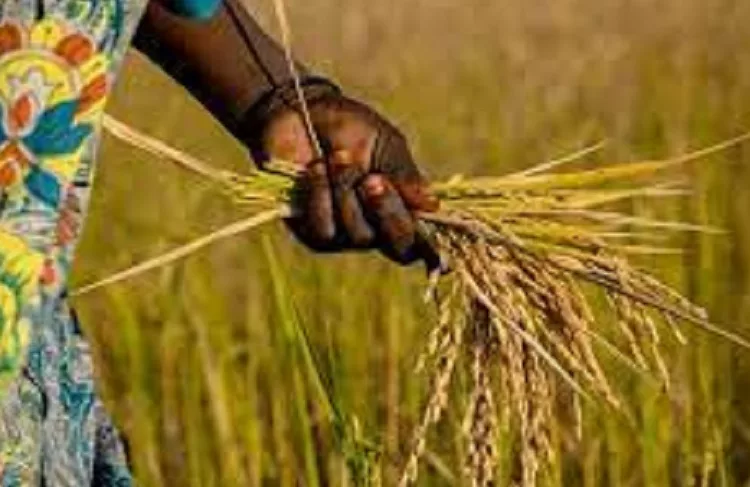Rice wasn’t always our everyday staple
People assume rice has always sat at the centre of our plates, but it’s actually a relatively recent obsession. For a long time yam and cassava held that position more firmly. Rice became dominant as cities grew and lifestyles changed. Convenience won. One pot. Quick. Reliable. It slipped in quietly until it became the gold standard for celebrations.
We grow more local rice than most people think
If you ask around casually, many Nigerians still believe we import nearly everything. Not fully true. Local rice production has grown steadily. Kebbi, Taraba, Niger and Kogi are some of the states quietly pushing out tonnes every year. And the funny thing is, many people eat local rice without even realising it because restaurants mix varieties depending on cost and season.
There are over a dozen distinct Nigerian varieties
People throw the word local rice around like it is one single thing. But Nigeria actually has multiple types. Farafara that cooks fast. Ofada with that unmistakable aroma. Igbemo with its stretchy, almost chewy soft feel. Some communities even protect their varieties like family secrets. You taste it once and think…. okay, that’s different.
Our rice festivals carry deeper stories
Up north and in pockets of the middle belt, rice festivals aren’t just food celebrations. They signal prosperity, closeness to the land, and social bonds. Some communities time theirs with the first harvest. Others use it to welcome travellers home. Rice becomes a ceremony, not just a meal.
Nigeria has some of West Africa’s oldest rice growing traditions
It surprises people, but along the middle belt and parts of the north, families have grown rice for generations. Before large scale irrigation schemes, farmers used shallow valley bottoms and seasonal waters. It was slow work. Back breaking, really. But it built a lineage of knowledge that still shapes the way small growers plant and harvest today.





